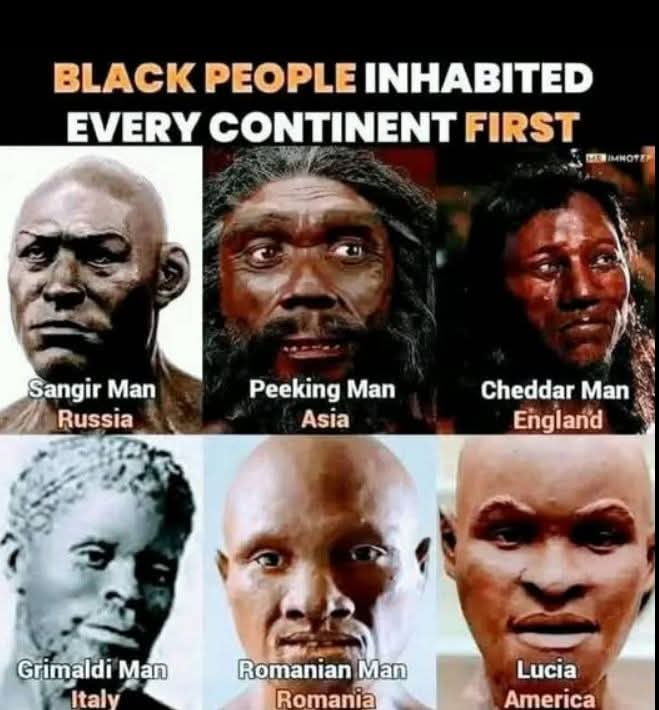Imagine tracing our human story back to its roots — in Africa, where modern Homo sapiens first emerged around 200,000 to 300,000 years ago. Then, about 60,000 to 80,000 years ago, our ancestors began migrating across the globe, carrying with them dark skin adapted to the strong sun of their homeland. These journeys would eventually shape the incredible diversity of people around the world today.Take Cheddar Man, for instance — a man who lived in what’s now England around 10,000 years ago. DNA analysis suggests he had dark skin, blue eyes, and curly hair — a combination that challenges common assumptions about early Europeans. Across the ocean in Brazil, Lucia — a skeleton dating back about 11,500 years — has features that have sparked debate among scientists, with some seeing links to Indigenous Australians or African populations, adding new layers to the story of early migration to the Americas.In Italy, the so-called Grimaldi Man, who lived 20,000 to 30,000 years ago, once led researchers to believe early Europeans might have had African-like traits — though such conclusions are now handled with more caution. Other figures like “Romanian Man” or “Sangir Man” remain less clearly defined, with facial reconstructions that often reflect more speculation than certainty.And further east, there’s Peking Man — not a modern human, but a Homo erectus who lived in China some 700,000 years ago. His story reminds us how long and winding our evolutionary journey has been.All of these discoveries, from different continents and eras, point to one powerful truth: humanity’s roots are shared, and our past is more diverse and complex than we often imagine. While some old reconstructions and popular images may mislead, modern science continues to reveal the deep, interwoven history of us all — shaped by migration, adaptation, and resilience.
